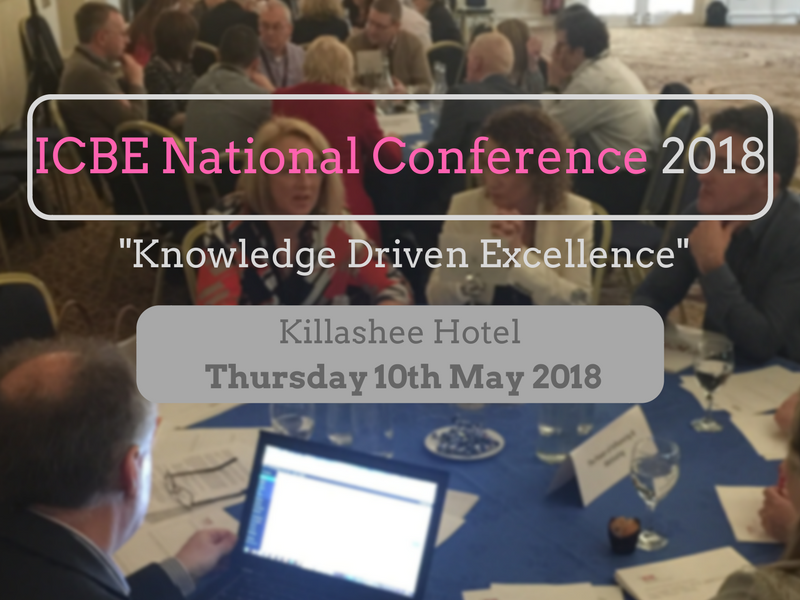 Following a discussion on ‘The Power of Influencing & Motivating’ the group felt the impact on the individual was:
Following a discussion on ‘The Power of Influencing & Motivating’ the group felt the impact on the individual was:
- Putting Framework and methodology in place and how that can aid us in influencing.
- Understanding what peoples beliefs are. To understand what way people think in order for us to understand what they feel about the subject or to understand that they may have a different opinion.
- People you work close with that we try and get more understanding of their thinking. Language that is used is so important. especially with the correct use of the word BUT.
- Don’t underestimate the value of the framework. Knowledge that can be shared within organisation and benefit is multiple.
- Tricks to use with head of their company in respect of language. Struck by emphasis of what is in it for them.
- Decision based on emotion versus logic, with lean we always talk about fact base decision making. With this it is a struggle we need to be conscious not be bias. Asking people to just give facts is not realistic as they will always have own bias.
- From experience programmes have ran and at the end they did the mindset and behaviours so should really have done from outset. Win the individuals hear ts and minds first.
- One of barriers to influencing is the misperception that there is a motive or they are being manipulated or being taken advantage of. Can be a barrier. Getting clearer about what is manipulation or influence. The skill to ascertain what the individual needs.
- There has to be logic and structure but being able to diagnose what is needed and why.
- The power of language and words that could be used to control what people are hearing from what we say. Switch to think what is the message we want the audience to hear from what we say. Tailor message according to the audience you are delivering it to.
- Empathy is implied in what was delivered in the presentation and the likability factor. Understand what the recepient needs .
- To have the conversation with the individual to understand what it is they need.
- Very often people don’t want a thing they want a feeling.
- Give individual ownership of what is required from them.
- Positive recognition is remembered.
- Decisions can be based on emotion and confirmation that we are bias, and decisions are made on what we know already even though there is valid argument for the opposition.
- Language with BUT and the use of that.
- Use of positive language and what works for you. Importance of language and how message can get lost if you are not careful with language. Key words to use to get message across.
- Habits that are built up over time can work as negative on the way we come across.
- Lots of common sense in the presentation but ended up with more questions than answers at the end. As managers how do you assess what is in it when it comes to a large group. Different people responding to different language and how do you negotiate.
- Presentation was engaging and different types of leadership and good attributes but the challenge is trying to bring it back to work everyday with a larger group.
- Trying to keep the message consistent and clear.
- Framing conversation and choice of words. People behaving like your leaders. Attitude of self as leaders is filtered out in organisation.
- Likability, expertise, trustability are useful concepts to bring back to our working environment.
- Self awareness and delivery of message is key.
- Key is authenticity and have to work on it. To be seen to be authentic.
- Making decisions based on emotion rather than logic and trying to influence.
- Use of words that influence, I can, I will and doing or whichever works for you.
- Manipulation versus influencing – there is a fine line.
- In respect of lean we have to motivate ourselves to deliver a message and if you get negative feedback from others we have to try and stay positive and get everyone else on board and give them the message correctly to get them on board. Can be difficult.
- Normally we focus on the message and task and not focus on the method of how its delivered.
- We are all driven by something and what motivates us is key. Where have we done well and where have we done not so well. Trying to find out what motivates people and adapting it the individual.
- Take an approach if you know an individual is against the concept and try and get them on board to try and get others to follow suit.
